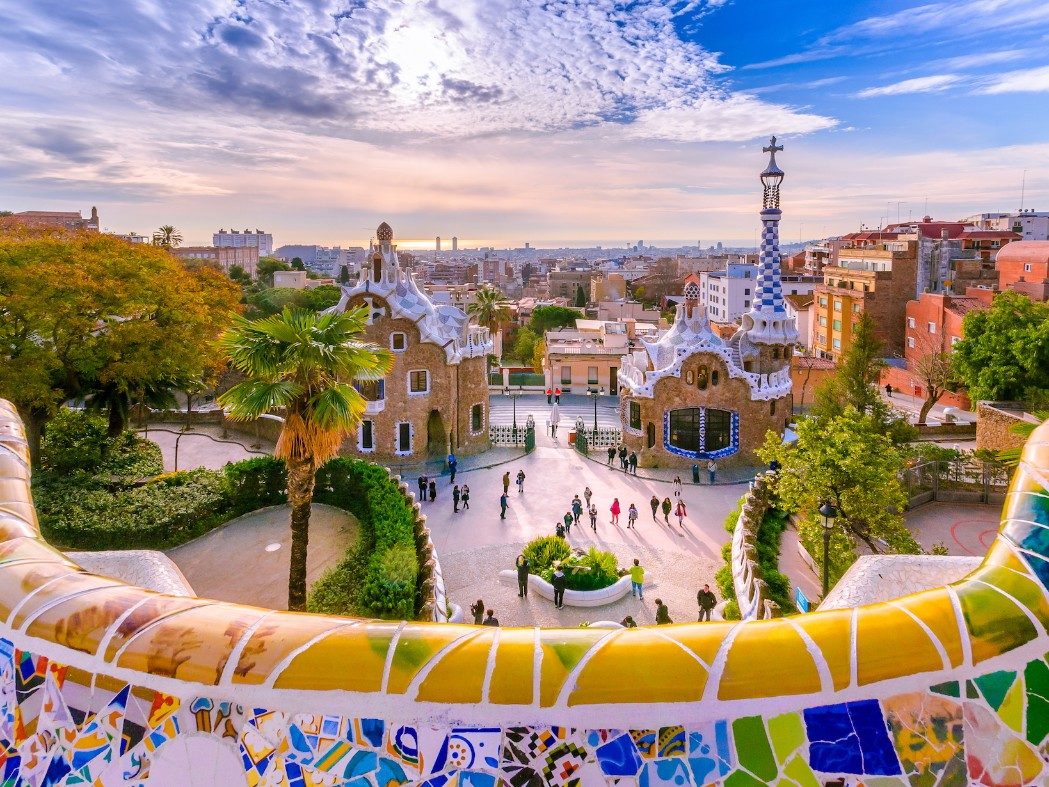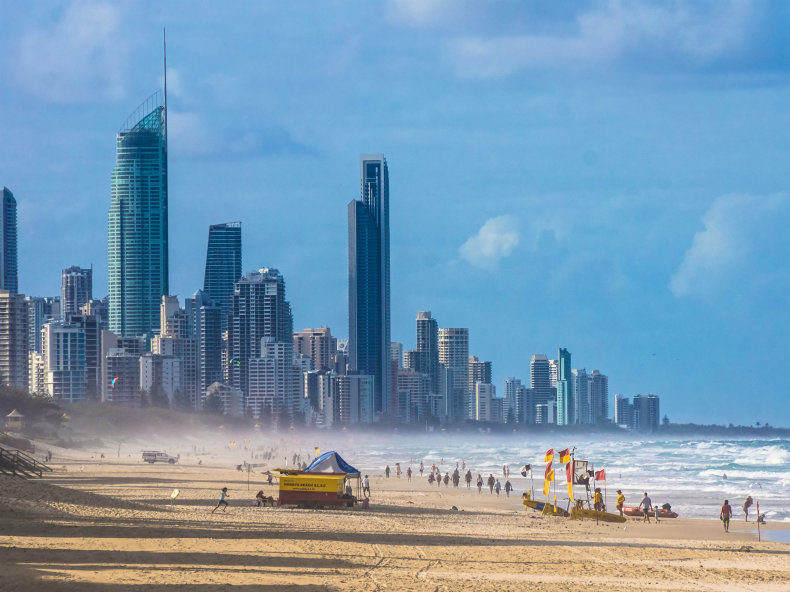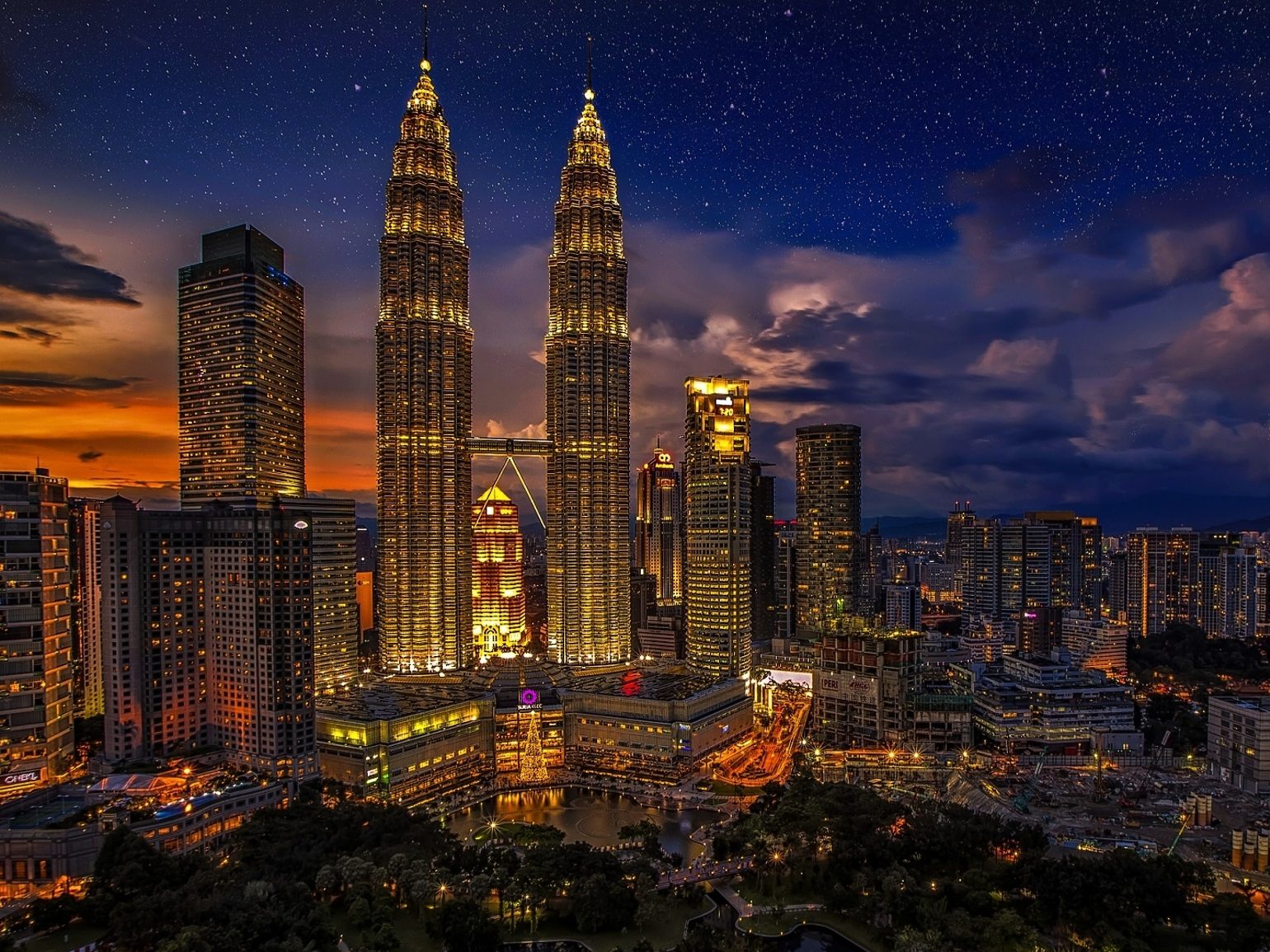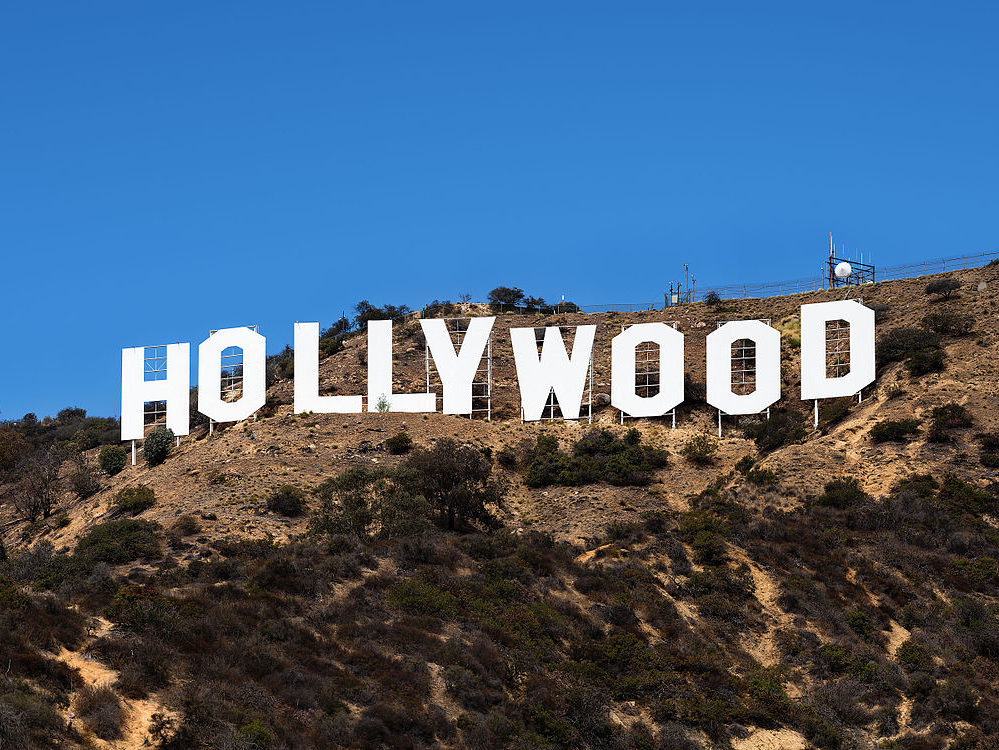Rome
Rome is the capital city of Italy. It is also the capital of the Lazio region, the centre of the Metropolitan City of Rome, and a special comune named Comune di Roma Capitale. With 2,860,009 residents in 1,285 km2 (496.1 sq mi), Rome is the country’s most populated comune and the third most populous city in the European Union by population within city limits. The Metropolitan City of Rome, with a population of 4,355,725 residents, is the most populous metropolitan city in Italy. Its metropolitan area is the third-most populous within Italy. Rome is located in the central-western portion of the Italian Peninsula, within Lazio (Latium), along the shores of the Tiber. Vatican City (the smallest country in the world) is an independent country inside the city boundaries of Rome, the only existing example of a country within a city. Rome is often referred to as the City of Seven Hills due to its geographic location, and also as the “Eternal City”. Rome is generally considered to be the “cradle of Western Christian culture and civilization”, and the center of the Catholic Church.
Etymology
According to the Ancient Romans’ founding myth, the name Roma came from the city’s founder and first king, Romulus.
However, it is possible that the name Romulus was actually derived from Rome itself. As early as the 4th century, there have been alternative theories proposed on the origin of the name Roma. Several hypotheses have been advanced focusing on its linguistic roots which however remain uncertain:
- From Rumon or Rumen, archaic name of the Tiber, which in turn is supposedly related to the Greek verb ῥέω (rhéō) ‘to flow, stream’ and the Latin verb ruō ‘to hurry, rush’;[b]
- From the Etruscan word 𐌓𐌖𐌌𐌀 (ruma), whose root is *rum- “teat”, with possible reference either to the totem wolf that adopted and suckled the cognately named twins Romulus and Remus, or to the shape of the Palatine and Aventine Hills;
- From the Greek word ῥώμη (rhṓmē), which means strength.
History
While there have been discoveries of archaeological evidence of human occupation of the Rome area from approximately 14,000 years ago, the dense layer of much younger debris obscures Palaeolithic and Neolithic sites. Evidence of stone tools, pottery, and stone weapons attest to about 10,000 years of human presence. Several excavations support the view that Rome grew from pastoral settlements on the Palatine Hill built above the area of the future Roman Forum. Between the end of the Bronze Age and the beginning of the Iron Age, each hill between the sea and the Capitol was topped by a village (on the Capitol Hill, a village is attested since the end of the 14th century BC). However, none of them yet had an urban quality. Nowadays, there is a wide consensus that the city developed gradually through the aggregation (“synoecism”) of several villages around the largest one, placed above the Palatine. This aggregation was facilitated by the increase of agricultural productivity above the subsistence level, which also allowed the establishment of secondary and tertiary activities. These, in turn, boosted the development of trade with the Greek colonies of southern Italy (mainly Ischia and Cumae). These developments, which according to archaeological evidence took place during the mid-eighth century BC, can be considered as the “birth” of the city. Despite recent excavations at the Palatine hill, the view that Rome was founded deliberately in the middle of the eighth century BC, as the legend of Romulus suggests, remains a fringe hypothesis.
Geography
Rome is in the Lazio region of central Italy on the Tiber (Italian: Tevere) river. The original settlement developed on hills that faced onto a ford beside the Tiber Island, the only natural ford of the river in this area. The Rome of the Kings was built on seven hills: the Aventine Hill, the Caelian Hill, the Capitoline Hill, the Esquiline Hill, the Palatine Hill, the Quirinal Hill, and the Viminal Hill. Modern Rome is also crossed by another river, the Aniene, which flows into the Tiber north of the historic centre.
Although the city centre is about 24 km (15 mi) inland from the Tyrrhenian Sea, the city territory extends to the shore, where the south-western district of Ostia is located. The altitude of the central part of Rome ranges from 13 m (43 ft) above sea level (at the base of the Pantheon) to 139 m (456 ft) above sea level (the peak of Monte Mario). The Comune of Rome covers an overall area of about 1,285 km2 (496 sq mi), including many green areas.
Climate
Rome has a Mediterranean climate (Köppen climate classification: Csa), with hot, dry summers and mild, humid winters.
Its average annual temperature is above 21 °C (70 °F) during the day and 9 °C (48 °F) at night. In the coldest month, January, the average temperature is 12.6 °C (54.7 °F) during the day and 2.1 °C (35.8 °F) at night. In the warmest month, August, the average temperature is 31.7 °C (89.1 °F) during the day and 17.3 °C (63.1 °F) at night.
December, January and February are the coldest months, with a daily mean temperature of approximately 8 °C (46 °F). Temperatures during these months generally vary between 10 and 15 °C (50 and 59 °F) during the day and between 3 and 5 °C (37 and 41 °F) at night, with colder or warmer spells occurring frequently. Snowfall is rare but not unheard of, with light snow or flurries occurring on some winters, generally without accumulation, and major snowfalls on a very rare occurrence (the most recent ones were in 2018, 2012 and 1986).
Cityscape
Rome’s architecture over the centuries has greatly developed, especially from the Classical and Imperial Roman styles to modern fascist architecture. Rome was for a period one of the world’s main epicentres of classical architecture, developing new forms such as the arch, the dome and the vault. The Romanesque style in the 11th, 12th, and 13th centuries was also widely used in Roman architecture, and later the city became one of the main centres of Renaissance, Baroque and neoclassical architecture.
Parks and Gardens
Public parks and nature reserves cover a large area in Rome, and the city has one of the largest areas of green space among European capitals. The most notable part of this green space is represented by the large number of villas and landscaped gardens created by the Italian aristocracy. While most of the parks surrounding the villas were destroyed during the building boom of the late 19th century, some of them remain. The most notable of these are the Villa Borghese, Villa Ada, and Villa Doria Pamphili. Villa Doria Pamphili is west of the Gianicolo hill, comprising some 1.8 km2 (0.7 sq mi). The Villa Sciarra is on the hill, with playgrounds for children and shaded walking areas. In the nearby area of Trastevere, the Orto Botanico (Botanical Garden) is a cool and shady green space. The old Roman hippodrome (Circus Maximus) is another large green space: it has few trees but is overlooked by the Palatine and the Rose Garden (‘roseto comunale’). Nearby is the lush Villa Celimontana, close to the gardens surrounding the Baths of Caracalla. The Villa Borghese garden is the best known large green space in Rome, with famous art galleries among its shaded walks. Overlooking Piazza del Popolo and the Spanish Steps are the gardens of Pincio and Villa Medici. There is also a notable pine wood at Castelfusano, near Ostia. Rome also has a number of regional parks of much more recent origin, including the Pineto Regional Park and the Appian Way Regional Park. There are also nature reserves at Marcigliana and at Tenuta di Castelporziano.
Tourism
Rome today is one of the most important tourist destinations of the world, due to the incalculable immensity of its archaeological and artistic treasures, as well as for the charm of its unique traditions, the beauty of its panoramic views, and the majesty of its magnificent “villas” (parks). Among the most significant resources are the many museums – Musei Capitolini, the Vatican Museums and the Galleria Borghese and others dedicated to modern and contemporary art – aqueducts, fountains, churches, palaces, historical buildings, the monuments and ruins of the Roman Forum, and the Catacombs. Rome is the third most visited city in the EU, after London and Paris, and receives an average of 7–10 million tourists a year, which sometimes doubles on holy years. The Colosseum (4 million tourists) and the Vatican Museums (4.2 million tourists) are the 39th and 37th (respectively) most visited places in the world, according to a recent study.
Rome is a major archaeological hub, and one of the world’s main centres of archaeological research. There are numerous cultural and research institutes located in the city, such as the American Academy in Rome, and The Swedish Institute at Rome. Rome contains numerous ancient sites, including the Forum Romanum, Trajan’s Market, Trajan’s Forum, the Colosseum, and the Pantheon, to name but a few. The Colosseum, arguably one of Rome’s most iconic archaeological sites, is regarded as a wonder of the world.
Rome contains a vast and impressive collection of art, sculpture, fountains, mosaics, frescos, and paintings, from all different periods. Rome first became a major artistic centre during ancient Rome, with forms of important Roman art such as architecture, painting, sculpture and mosaic work. Metal-work, coin die and gem engraving, ivory carvings, figurine glass, pottery, and book illustrations are considered to be ‘minor’ forms of Roman artwork. Rome later became a major centre of Renaissance art, since the popes spent vast sums of money for the constructions of grandiose basilicas, palaces, piazzas and public buildings in general. Rome became one of Europe’s major centres of Renaissance artwork, second only to Florence, and able to compare to other major cities and cultural centres, such as Paris and Venice. The city was affected greatly by the baroque, and Rome became the home of numerous artists and architects, such as Bernini, Caravaggio, Carracci, Borromini and Cortona. In the late 18th century and early 19th century, the city was one of the centres of the Grand Tour, when wealthy, young English and other European aristocrats visited the city to learn about ancient Roman culture, art, philosophy, and architecture. Rome hosted a great number of neoclassical and rococo artists, such as Pannini and Bernardo Bellotto. Today, the city is a major artistic centre, with numerous art institutes and museums.
Cuisine
Rome’s cuisine has evolved through centuries and periods of social, cultural, and political changes. Rome became a major gastronomical centre during the ancient age. Ancient Roman cuisine was highly influenced by Ancient Greek culture, and after, the empire’s enormous expansion exposed Romans to many new, provincial culinary habits and cooking techniques.
Later, during the Renaissance, Rome became well known as a centre of high-cuisine, since some of the best chefs of the time worked for the popes. An example of this was Bartolomeo Scappi, who was a chef working for Pius IV in the Vatican kitchen, and he acquired fame in 1570 when his cookbook Opera dell’arte del cucinare was published. In the book he lists approximately 1000 recipes of the Renaissance cuisine and describes cooking techniques and tools, giving the first known picture of a fork.
The Testaccio, Rome’s trade and slaughterhouse area, was often known as the “belly” or “slaughterhouse” of Rome, and was inhabited by butchers, or vaccinari. The most common or ancient Roman cuisine included the “fifth quarter”. The old-fashioned coda alla vaccinara (oxtail cooked in the way of butchers) is still one of the city’s most popular meals and is part of most of Rome’s restaurants’ menus. Lamb is also a very popular part of Roman cuisine, and is often roasted with spices and herbs.
In the modern age, the city developed its own peculiar cuisine, based on products of the nearby Campagna, as lamb and vegetables (globe artichokes are common). In parallel, Roman Jews – present in the city since the 1st century BC – developed their own cuisine, the cucina giudaico-romanesca. Examples of Roman dishes include saltimbocca alla romana – a veal cutlet, Roman-style, topped with raw ham and sage and simmered with white wine and butter; carciofi alla romana – artichokes Roman-style, outer leaves removed, stuffed with mint, garlic, breadcrumbs and braised; carciofi alla giudia – artichokes fried in olive oil, typical of Roman Jewish cooking, outer leaves removed, stuffed with mint, garlic, breadcrumbs and braised; spaghetti alla carbonara – spaghetti with bacon, eggs and pecorino; and gnocchi di semolino alla romana – semolina dumpling, Roman-style.
Transport
Rome is at the centre of the radial network of roads that roughly follow the lines of the ancient Roman roads which began at the Capitoline Hill and connected Rome with its empire. Today Rome is circled, at a distance of about 10 km (6 mi) from the Capitol, by the ring-road (the Grande Raccordo Anulare or GRA).
Due to its location in the centre of the Italian peninsula, Rome is the principal railway node for central Italy. Rome’s main railway station, Termini, is one of the largest railway stations in Europe and the most heavily used in Italy, with around 400 thousand travellers passing through every day. The second-largest station in the city, Roma Tiburtina, has been redeveloped as a high-speed rail terminus. As well as frequent high-speed day trains to all major Italian cities, Rome is linked nightly by ‘boat train’ sleeper services to Sicily, and internationally by overnight sleeper services to Munich and Vienna by ÖBB Austrian railways.
Rome is served by three airports. The intercontinental Leonardo da Vinci International Airport, Italy’s chief airport is located within the nearby Fiumicino, south-west of Rome. The older Rome Ciampino Airport is a joint civilian and military airport. It is commonly referred to as “Ciampino Airport”, as it is located beside Ciampino, south-east of Rome. A third airport, the Roma-Urbe Airport, is a small, low-traffic airport located about 6 km (4 mi) north of the city centre, which handles most helicopter and private flights.
Although the city has its own quarter on the Mediterranean Sea (Lido di Ostia), this has only a marina and a small channel-harbour for fishing boats. The main harbour which serves Rome is Port of Civitavecchia, located about 62 km (39 mi) northwest of the city.
The city suffers from traffic problems largely due to this radial street pattern, making it difficult for Romans to move easily from the vicinity of one of the radial roads to another without going into the historic centre or using the ring-road. These problems are not helped by the limited size of Rome’s metro system when compared to other cities of similar size. In addition, Rome has only 21 taxis for every 10,000 inhabitants, far below other major European cities. Chronic congestion caused by cars during the 1970s and 1980s led to restrictions being placed on vehicle access to the inner city-centre during the hours of daylight. Areas, where these restrictions apply, are known as Limited Traffic Zones (Zona a Traffico Limitato (ZTL) in Italian). More recently, heavy night-time traffic in Trastevere, Testaccio and San Lorenzo has led to the creation of night-time ZTLs in those districts.
A 3-line metro system called the Metropolitana operates in Rome. Construction on the first branch started in the 1930s. The line had been planned to quickly connect the main railway station with the newly planned E42 area in the southern suburbs, where 1942 the World Fair was supposed to be held. The event never took place because of war, but the area was later partly redesigned and renamed EUR (Esposizione Universale di Roma: Rome Universal Exhibition) in the 1950s to serve as a modern business district. The line was finally opened in 1955, and it is now the south part of the B Line.
The A line opened in 1980 from Ottaviano to Anagnina stations, later extended in stages (1999–2000) to Battistini. In the 1990s, an extension of the B line was opened from Termini to Rebibbia. This underground network is generally reliable (although it may become very congested at peak times and during events, especially the A line) as it is relatively short.
The A and B lines intersect at Roma Termini station. A new branch of the B line (B1) opened on 13 June 2012 after an estimated building cost of €500 million. B1 connects to line B at Piazza Bologna and has four stations over a distance of 3.9 km (2 mi).
A third line, the C line, is under construction with an estimated cost of €3 billion and will have 30 stations over a distance of 25.5 km (16 mi). It will partly replace the existing Termini-Pantano rail line. It will feature full automated, driverless trains. The first section with 15 stations connecting Pantano with the quarter of Centocelle in the eastern part of the city, opened on 9 November 2014. The end of the work was scheduled in 2015, but archaeological findings often delay underground construction work.
A fourth line, D line, is also planned. It will have 22 stations over a distance of 20 km (12 mi). The first section was projected to open in 2015 and the final sections before 2035, but due to the city’s financial crisis, the project has been put on hold.
Above-ground public transport in Rome is made up of a bus, tram and urban train network (FR lines). The bus, tram, metro and urban railways network is run by Atac S.p.A. (which originally stood for the Municipal Bus and Tramways Company, Azienda Tramvie e Autobus del Comune in Italian). The bus network has in excess of 350 bus lines and over eight thousand bus stops, whereas the more-limited tram system has 39 km (24 mi) of track and 192 stops. There is also one trolleybus line, opened in 2005, and additional trolleybus lines are planned.
Categories: Europe
More Lifehack Videos





